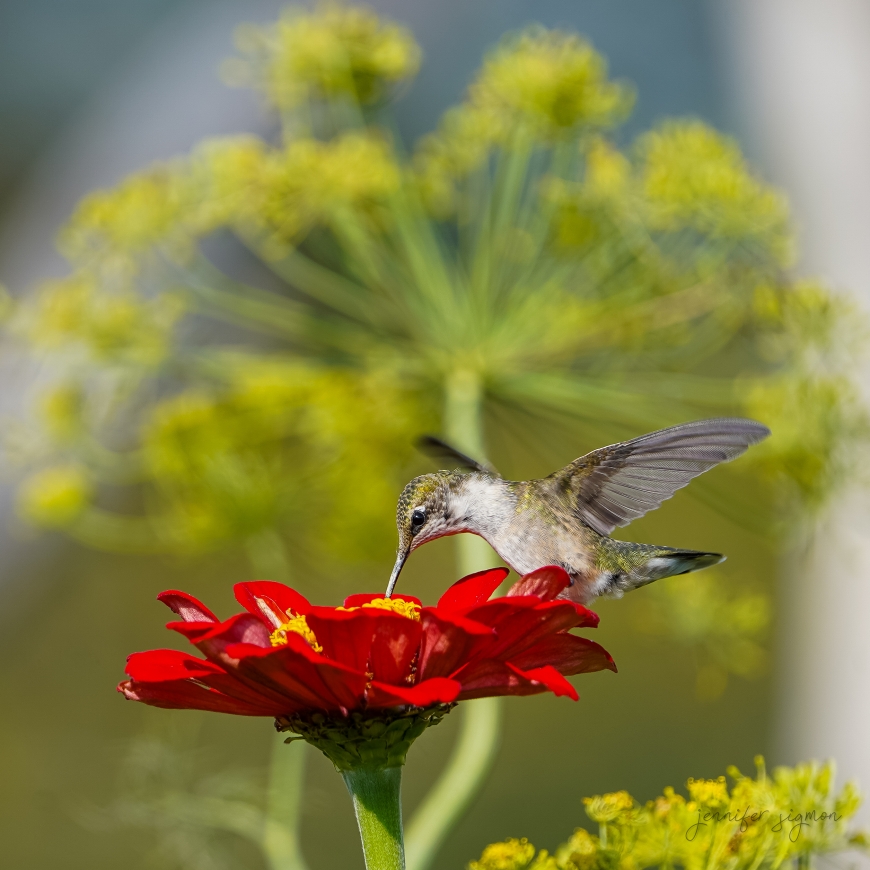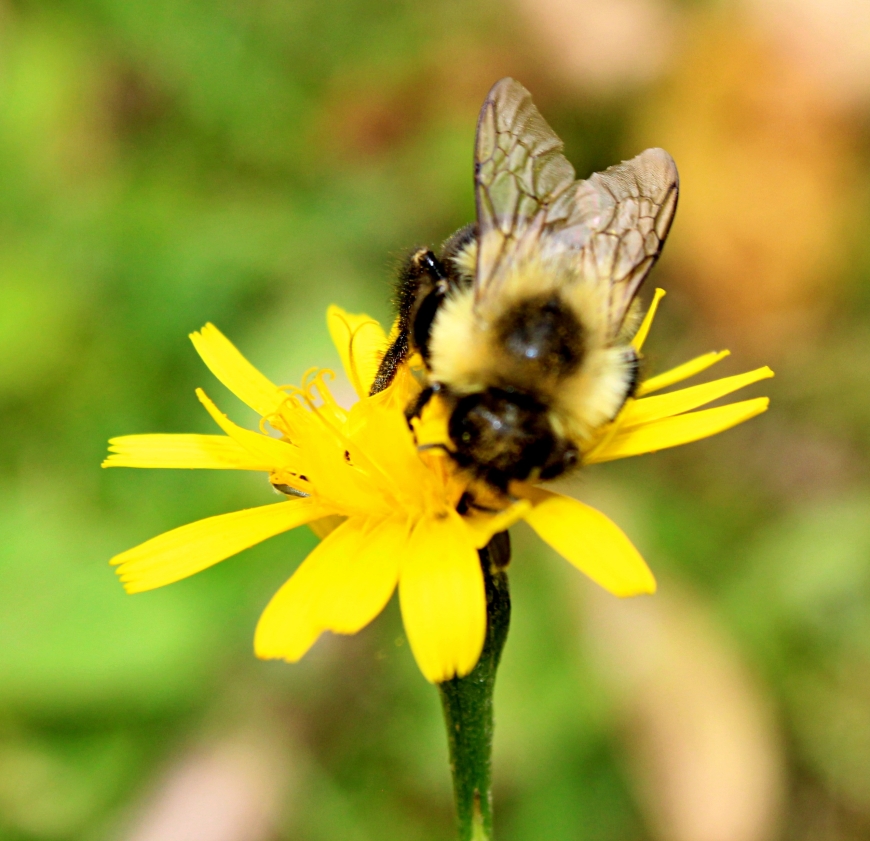



Food Webs and Tapestries - Connecting the Dots
Back in primary school in the ‘70s, we learned about nature’s “food chain.” In this linear model, which I assume was devised by surveyors who normally lay out rail lines and utility corridors, a tiny creature, let’s say a minnow, gets eaten by a bigger fish, and so on until the biggest fish of all eventually dies and its rotting carcass is maybe nibbled on by vengeful small fish.
After a while, someone recognized that life on Earth was probably more complex than a straight line, and thus the “food web” template was born. The food web, which preceded the world-wide web, was meant to fully explain how nature worked, or at the very least, how spiders make a living.
Scottish-American naturalist John Muir, who founded The Sierra Club and helped create the U.S. National Park system, wrote about nature’s interconnectedness more than a century ago. In 1911 he famously said “When we try to pick out anything by itself, we find it hitched to everything else in the Universe.” This suggests something more complicated than a web – a tapestry, for instance.
The corollary to everything being stitched together with unseen strands is that we humans never really know what consequences our actions will have when we start tugging on a loose thread. DDT seemed like a bright idea until we realized, almost too late, that it was wiping out eagles, hawks, osprey, and other raptors.
In the late 1990s, a well-known agrichemical company modified corn DNA to produce a toxin that killed corn earworms. As they patted themselves on the backs for their miracle, the western cutworm, an even worse pest that used to be kept in check by the very earworm they just killed, swept east across the continent, and is now wreaking havoc on corn crops. In spite of our alleged sophistication, for the most part we’re groping around in the dark. But not in the fun sense of the phrase.
Although researchers are a long way from being able to expose the myriad filaments that bind nature as one, even the relatively simple parts of the web we have observed are fascinating. Take flowers and pollinators, for example.
There is rightly a lot of concern about dwindling populations of bees, both domestic and wild. We know most food crops need some kind of pollinator, but we less-often think about the fact pollinators rely on flowering plants for food. This interdependence is known as mutualism, which in some cases can be oddly specific.
The flowers of some orchids have the size, shape and colour patterns of the female of the particular bee species on which the orchids depend for pollination. Beyond visual mimicry, the plants make the exact sex pheromone produced by female bees. The males, which obviously have not evolved good eyesight, land on the lady-bee decoy flowers. In the process of trying to mate with these flowers, an unusually thorough pollination job ensues. Luckily, the males seem to accidentally bump into enough real female bees to perpetuate their species.
There is a type of desert moth that lays a single egg deep inside each yucca flower it visits. The caterpillar that hatches out of the egg is protected from predation by the flower, but as the yucca seeds develop, it eats some of them. The seed-chomping habit of the moth larvae sounds like bad fortune for the plant, but these moths are the only insects capable of pollinating a yucca flower. If something wiped out the moths, yuccas would die out, and if yuccas disappeared, the moths would soon follow.
Plants that depend on birds for successful reproduction tend to make flowers of certain colours, mainly red, and specific shapes as well. In our region, the thin, trumpet-like corolla of a native Monarda blossom is well-suited to a hummingbird’s long bill and tongue. Ironically, the common name for this plant is bee balm, even though it is nearly impossible for a lot of bee species to pollinate it. Monarda has evolved together with hummingbirds over time to the point where most other pollinators cannot do the job.
In forests across our neck of the woods, there are fungi that colonize tree roots and root hairs. Often, a given fungus will only associate with a single tree species or genus. This fungal-root relationship is not as entertaining as bees trying to mate with flowers, but it is more common. It’s also critically important to the health of our forests, because the fungi, called mycorrhizae, increase the surface area of root systems exponentially.
Dr. Nina Bassuk of Cornell’s Urban Horticulture Department has said that at least 90% of all water and nutrients used by trees are taken up by these beneficial fungi. In return for their essential service, the fungi get a substrate on which to grow, and they extract a small quantity of sugars from the trees. Landscape trees often suffer from a lack of mycorrhizae, because things like lawn chemicals, compaction, and warm soil temperatures suppress mycorrhizal fungi.
Buddhist monk and peace activist Thich Nhat Hanh has a different take on the dynamic of nature’s interdependence, calling it “interbeing.” He contends that a sheet of paper holds within it the sunshine that made the forest grow, a point science would agree with. But he goes further, suggesting the work of the loggers who cut the trees, as well as the paper-mill operators, the farmers who fed them all, and the parents who birthed and raised everyone involved, are also in some way represented by the paper.
In Thich Nhat Hanh’s words: “You cannot point out one thing that is not here… earth, rain, minerals in the soil, sunshine…. Everything co-exists…. You cannot just be by yourself alone. You have to inter-be with every other thing.” Whether one views the tapestry of life from a spiritual, scientific, or philosophic point of view, it is far more intricate than we were taught in school. We need to err on the side of caution when deciding to make changes to our environment.
So, the next time you need to lift a heavy object, remember that everything in the Universe is hitched up to it – please, get someone to help you.

